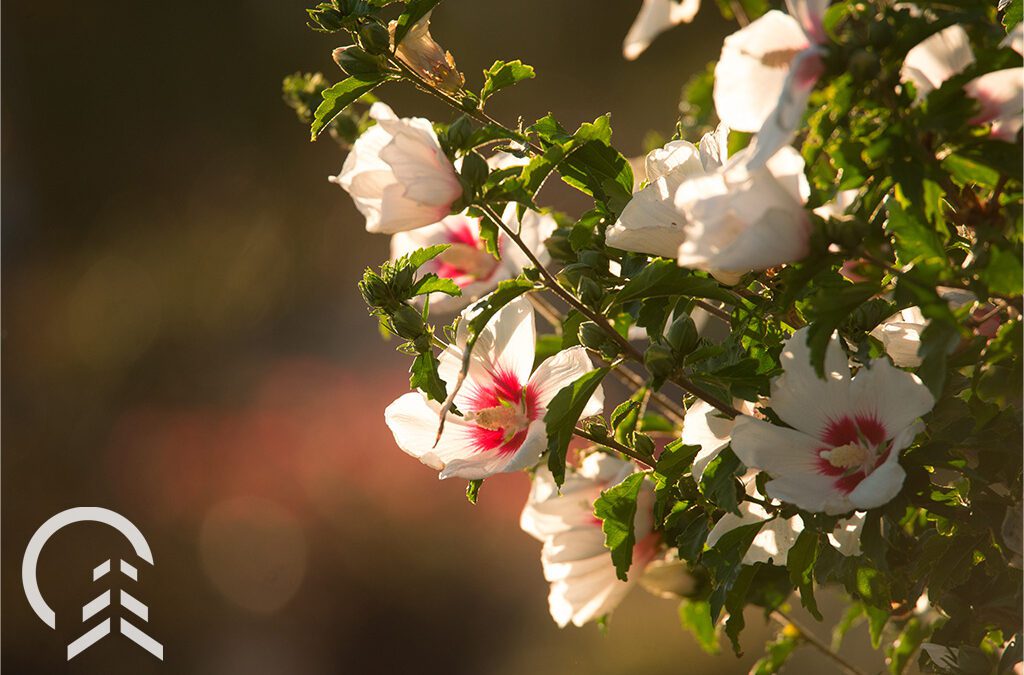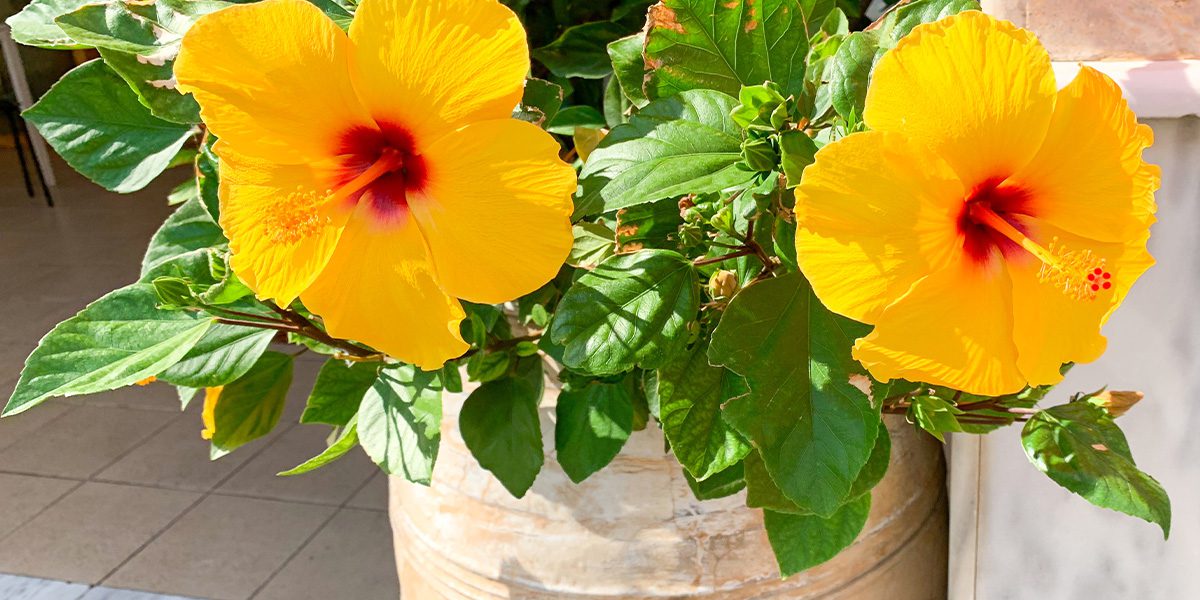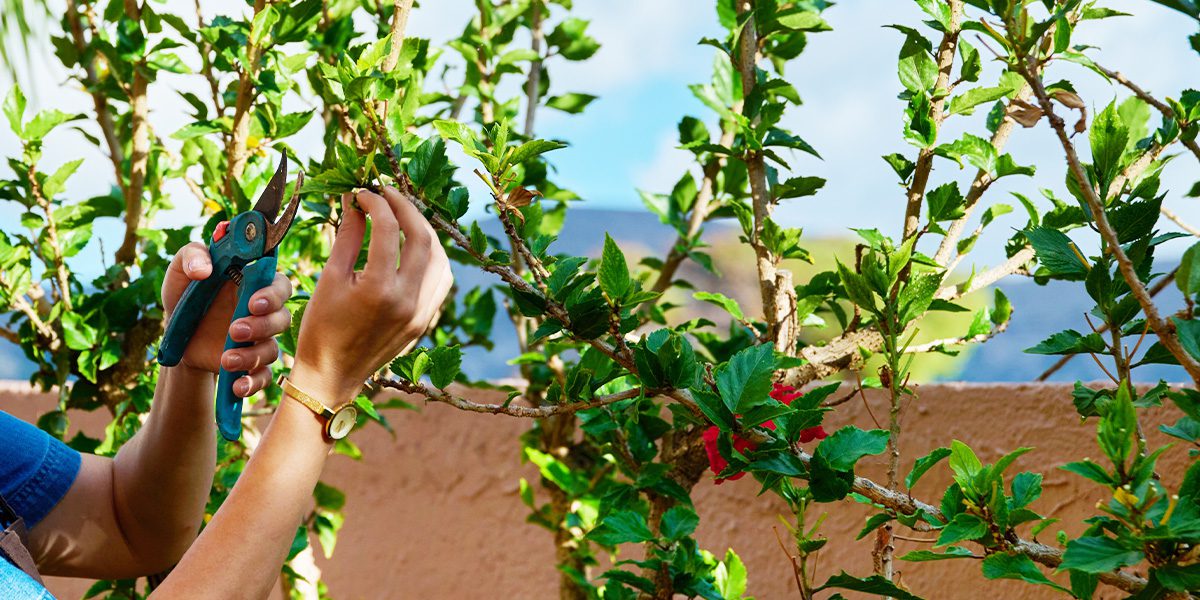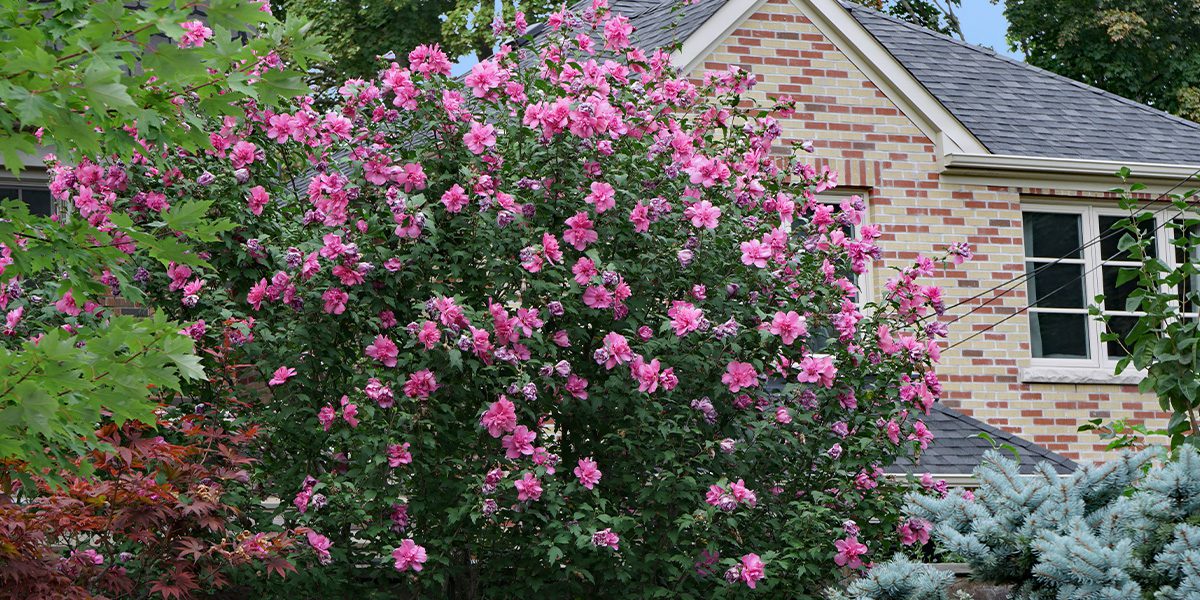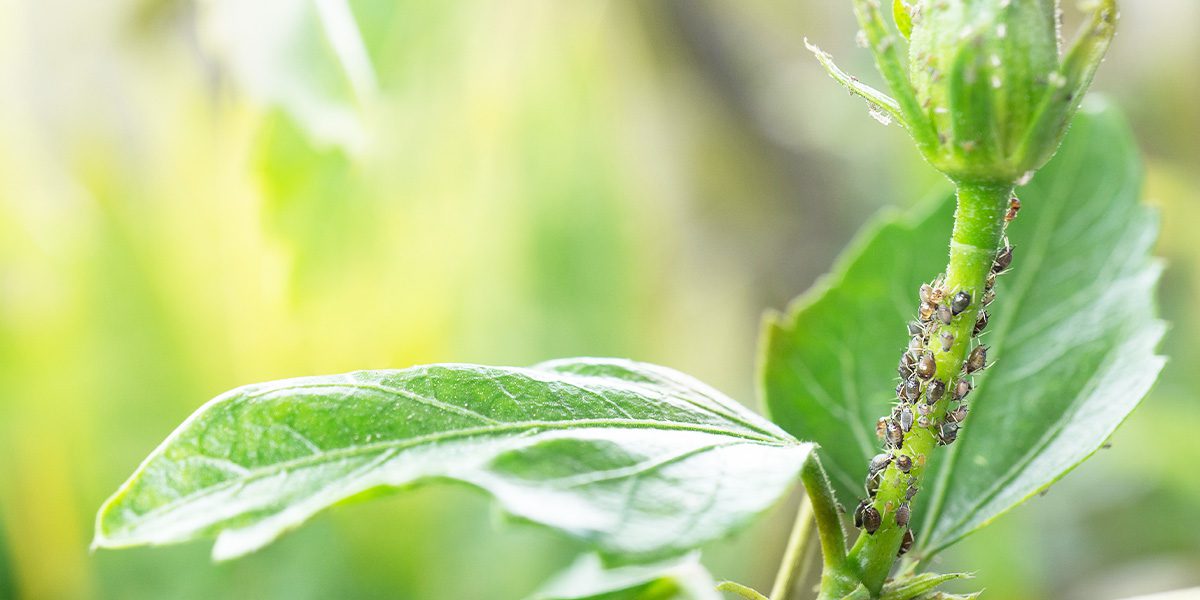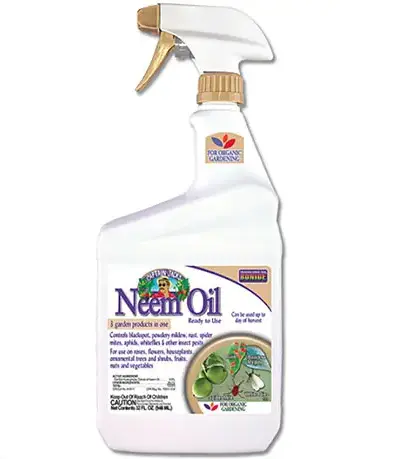The beauty of hibiscus flowers lies not only in their visual appeal but in the connection they foster with the environment and the gardener.
In the enchanting realm of gardening, the hibiscus stands as a testament to nature’s artistry, captivating gardeners with its diverse varieties and vibrant blooms. Originating from climates as varied as the tropical regions of Asia to the temperate zones of North America, hibiscus plants have found a welcoming home in gardens worldwide.
As gardeners, we embark on a journey of nurturing, each plant a canvas upon which we paint our passion for nature. Among the many flowers that find a home in our green sanctuaries, the hibiscus holds a special place. In this blog, we’ll unravel the secrets of caring for hibiscus, exploring the nuances that transform this botanical beauty into a thriving spectacle in your garden.
Whether you’re a seasoned horticulturist or a novice enthusiast, the journey of caring for hibiscus is a fascinating exploration. In this comprehensive guide, we’ll delve into the origins, essentials, and nuances of hibiscus care, ensuring your Carpentersville and Bloomingdale garden flourishes with the radiant beauty of these exquisite flowers.
Essentials of Hibiscus Care
To embark on a successful journey of hibiscus care, understanding the basic needs of these remarkable plants is crucial. Hibiscus, known for its breathtaking flowers, is a sun-worshiper. Planting your hibiscus in a location that receives ample sunlight is paramount for healthy growth and prolific flowering. Aim for at least six hours of direct sunlight daily. Simultaneously, hibiscus plants prefer consistently-moist but not waterlogged soil. Striking the right balance between sunlight and watering creates an optimal environment for your hibiscus to thrive.
Sunlight & Water—A Balancing Act
At the heart of successful hibiscus care lies a delicate dance between sunlight and water. Hibiscus plants, renowned for their love of warmth, thrive in sunlight. Placing your hibiscus where it receives at least six hours of direct sunlight each day is crucial for optimal growth and prolific flowering. The more sunlight, the better—but, be mindful of scorching midday rays. If you’re cultivating hibiscus indoors, ensure it gets ample sunlight through a sunny window or under artificial grow lights.
While sunlight provides the energy for growth and blooming, water is the lifeblood that sustains hibiscus plants. These botanical gems prefer consistently-moist soil, but they abhor waterlogged conditions. Striking the right balance is key; aim for well-draining soil that retains moisture without becoming excessively wet. Regular watering is essential, especially during dry spells or when hibiscus is planted in containers. The soil should feel slightly moist to the touch, but never saturated.
Adaptable Beauties—In the Garden or Containers
One of the remarkable qualities of hibiscus plants is their adaptability to various gardening styles. Whether you envision a vibrant garden centerpiece or desire the flexibility of container gardening, hibiscus fits the bill. Planted directly in the ground, hibiscus can reach impressive heights, creating a stunning focal point in your garden. In containers, they thrive on balconies, patios, or any small outdoor space, adding a burst of color to urban landscapes.
When cultivating hibiscus in containers, choose a pot with drainage holes to prevent waterlogging. Use a high-quality potting mix rich in organic matter, and ensure the container is large enough to accommodate the growing plant. Container-grown hibiscus may need more frequent watering and feeding, so monitor their needs closely.
Understanding the adaptability of hibiscus allows you to integrate these beauties seamlessly into your gardening vision, whether it’s a sprawling landscape or a compact urban oasis.
Feeding and Nutrition for Hibiscus
Much like any living organism, hibiscus plants benefit from a well-balanced diet. Selecting an appropriate fertilizer is a critical aspect of hibiscus care. Opt for a balanced, slow-release fertilizer that provides essential nutrients gradually. During the growing season, typically from spring to early fall, feed your hibiscus every 4-6 weeks.
Choosing the Right Fertilizer
Selecting the right fertilizer is akin to crafting a personalized menu tailored to your hibiscus’s nutritional needs. Aim for a balanced, slow-release fertilizer with equal parts nitrogen (N), phosphorus (P), and potassium (K). This balanced formulation promotes overall plant health, supports robust growth, and encourages prolific flowering.
The N-P-K ratio on fertilizer packaging indicates the percentage of each nutrient. For hibiscus, a general-purpose fertilizer with an N-P-K ratio of 10-10-10 or 20-20-20 is suitable. However, specific formulations may vary based on your hibiscus’s individual requirements, soil conditions, and the surrounding environment.
Feeding Schedule
Timing is everything in the world of hibiscus care. During the active growing season, typically from spring to early fall, feed your hibiscus every 4-6 weeks. This regular supplementation ensures a steady supply of nutrients, sustaining the plant’s energy reserves for continuous growth and flowering.
For container-grown hibiscus, which may experience nutrient leaching more quickly, consider a slightly more frequent feeding schedule. Always follow the recommended dosage provided on the fertilizer package. Over-fertilization can lead to nutrient imbalances, potentially causing harm to the plant rather than enhancing its vitality.
Application Techniques
When feeding your hibiscus, employ techniques that allow for efficient nutrient absorption. Apply the fertilizer evenly over the soil surface, extending beyond the plant’s drip line. This ensures that the entire root zone receives the necessary nutrients. Water the plant thoroughly after applying fertilizer to facilitate nutrient penetration into the soil.
For container-grown hibiscus, choose a high-quality potting mix rich in organic matter. Ensure that the container has drainage holes to prevent waterlogging, as excess water can flush out nutrients. Container plants may benefit from a slightly more diluted fertilizer solution to avoid the risk of over-concentration in the confined space of the pot.
Seasonal Adjustments
Recognizing the seasonal nuances in hibiscus care is crucial for adapting your feeding regimen. In late winter or early spring, as hibiscus plants emerge from dormancy, consider providing a slow-release fertilizer to kickstart the growing season. As summer unfolds and the plant enters its peak flowering phase, a balanced fertilizer with micronutrients can enhance the vibrancy of the blooms.
In late summer to early fall, gradually reduce the frequency of fertilizer application as hibiscus prepares for dormancy. This seasonal adjustment mimics the natural cycles of growth and rest, ensuring your hibiscus remains resilient and ready to bloom vigorously when the next growing season arrives.
Pruning for Optimal Growth
In the ballet of botanical beauty, where hibiscus takes center stage with its vibrant blooms and lush foliage, pruning emerges as a refined art form. Pruning hibiscus isn’t merely a matter of snipping away excess branches; it’s a strategic dance that shapes the plant’s form, promotes healthy growth, and encourages an abundance of dazzling blooms. Let’s unravel the secrets of pruning hibiscus, exploring the techniques that elevate these floral wonders into a symphony of elegance.
1. Timing is Key
The timing of your pruning endeavors significantly influences the outcome. For most hibiscus varieties, the ideal time for a more extensive pruning session is in late winter or early spring, just as the plant emerges from its dormancy. This period allows hibiscus to channel its energy into new growth during the upcoming growing season.
2. Removing Dead, Damaged, or Diseased Wood
Begin your pruning journey by addressing the obvious—dead, damaged, or diseased wood. These non-productive branches not only detract from the overall aesthetics of the plant but can also harbor pests or diseases. Use sharp, sterile pruning shears to make clean cuts just above a healthy bud or branch junction. This method encourages proper healing and minimizes the risk of infection.
3. Encouraging Bushier Growth
To cultivate a lush, bushy hibiscus, strategic pruning is essential. Pinching back the tips of young shoots during the growing season encourages the plant to branch out and create a more compact form. This process redirects the plant’s energy, resulting in fuller foliage and an increased number of potential bloom sites.
4. Shaping Your Hibiscus
Crafting the desired shape for your hibiscus adds a touch of artistry to your garden. Whether you prefer a well-defined hedge or a more open, natural form, pruning allows you to shape your hibiscus to suit your aesthetic preferences. Pay attention to the natural growth habits of your specific hibiscus variety and work with the plant’s natural tendencies for the most visually-pleasing results.
5. Renewal Pruning for Aging Wood
As hibiscus plants age, their lower branches may become woody and less productive. To rejuvenate the plant and encourage fresh, vigorous growth, consider renewal pruning. This involves selectively removing older, woody branches near the base of the plant. Be mindful not to remove more than one-third of the plant at a time to avoid excessive stress.
6. Post-Blooming Pruning
After the peak blooming period, typically in late summer or early fall, a light pruning session can tidy up the plant and remove spent blooms. This not only enhances the visual appeal of your hibiscus but also redirects the plant’s energy for potential late-season blooms.
Remember, moderation is key in pruning hibiscus. While strategic pruning promotes health and vitality, excessive pruning can stress the plant and inhibit flowering. Each cut should have a purpose, whether it’s to remove dead wood, shape the plant, or encourage new growth.
Guardians of Health: Pests & Diseases
Despite your best efforts, every garden faces potential threats from pests and diseases, and hibiscus is no exception. Being proactive in identifying and addressing these issues is fundamental to hibiscus care. Common pests such as aphids, whiteflies, and spider mites can be managed through organic insecticides or natural predators like ladybugs. Regularly inspect your hibiscus for signs of stress or disease, and take prompt action to maintain a healthy garden ecosystem.
1. Identifying Common Pests
To combat pests effectively, it’s crucial to know your adversaries. Common pests that may target hibiscus include aphids, scale insects, whiteflies, spider mites, and caterpillars. Regularly inspect the undersides of leaves, buds, and stems for any signs of infestation. Identifying the specific pest is the first step in formulating an appropriate control strategy.
2. Natural Predators as Allies
Nature has its own army of defenders, and in the case of managing pests on hibiscus, beneficial insects can be your allies. Ladybugs, lacewings, and predatory beetles are natural predators that feast on common hibiscus pests. Introducing these beneficial insects to your garden can create a balanced ecosystem, keeping pest populations in check without the need for chemical interventions.
3. Neem Oil—Nature’s Pest Deterrent:
Neem oil, derived from the seeds of the neem tree, is a potent and natural insect repellent. It disrupts the life cycle of pests, preventing their reproduction and reducing feeding damage. Dilute neem oil according to the manufacturer’s instructions and apply it to the affected areas, covering both sides of the leaves. Regular applications, especially during the growing season, can act as a preventive measure against common hibiscus pests.
4. Horticultural Oils for Smothering Pests
Horticultural oils, such as insecticidal soap or dormant oil, serve as effective tools for smothering pests and their eggs. These oils create a physical barrier that blocks the breathing holes of insects, leading to their demise. Ensure thorough coverage, especially on the undersides of leaves where pests often hide. Exercise caution and follow application guidelines to prevent any adverse effects on your hibiscus.
5. Cultural Practices for Prevention
Healthy hibiscus plants are better equipped to withstand pest attacks. Embrace cultural practices that promote plant vigor, such as proper watering, adequate spacing between plants, and regular pruning. Removing debris and fallen leaves around hibiscus plants eliminates hiding spots for pests and reduces the risk of infestation.
6. Systemic Insecticides—A Last Resort
If pest populations become overwhelming despite preventive measures, systemic insecticides may be considered as a last resort. These insecticides are absorbed by the plant and translocated throughout its tissues, targeting pests that feed on the plant. Exercise caution when using systemic insecticides, and follow application guidelines to minimize environmental impact.
7. Early Intervention for Optimal Results
Timely intervention is crucial in managing pests on hibiscus. Regular monitoring allows you to detect early signs of infestation, enabling you to take swift action before pests multiply. Addressing the issue at its onset increases the effectiveness of control measures and minimizes potential damage to your hibiscus.
Studies have shown that a proactive approach significantly contributes to keeping hibiscus safe and blooming. Implementing preventive measures, such as regular inspections and strategic planting, creates a protective shield around your floral companions.
In the tapestry of your garden, envision a harmonious blend of colors, with hibiscus flowers taking center stage in a breathtaking display of nature’s beauty. As you immerse yourself in the art of caring for hibiscus, the rewards will extend beyond vibrant blooms. Residents of Carpentersville and Bloomingdale, let the charm of hibiscus plants grace your gardens, creating an oasis of natural beauty in the suburbs outside of Chicago!
As the seasons unfold, let your hibiscus thrive, a testament to the care and dedication you invest in your green haven. The beauty of hibiscus flowers lies not only in their visual appeal but in the connection they foster with the environment and the gardener. At Platt Hill Nursery, we’re not just here to provide expert advice—we’re here to witness your garden’s transformation into a hibiscus haven.
Platt Hill Nursery is Chicago’s premier garden center and nursery.

